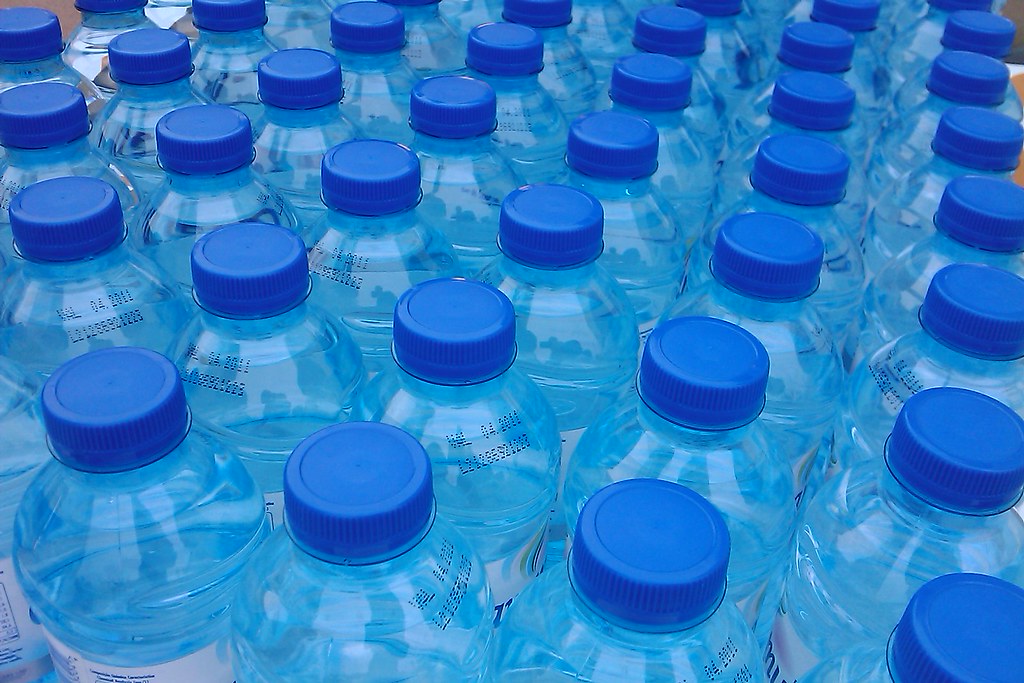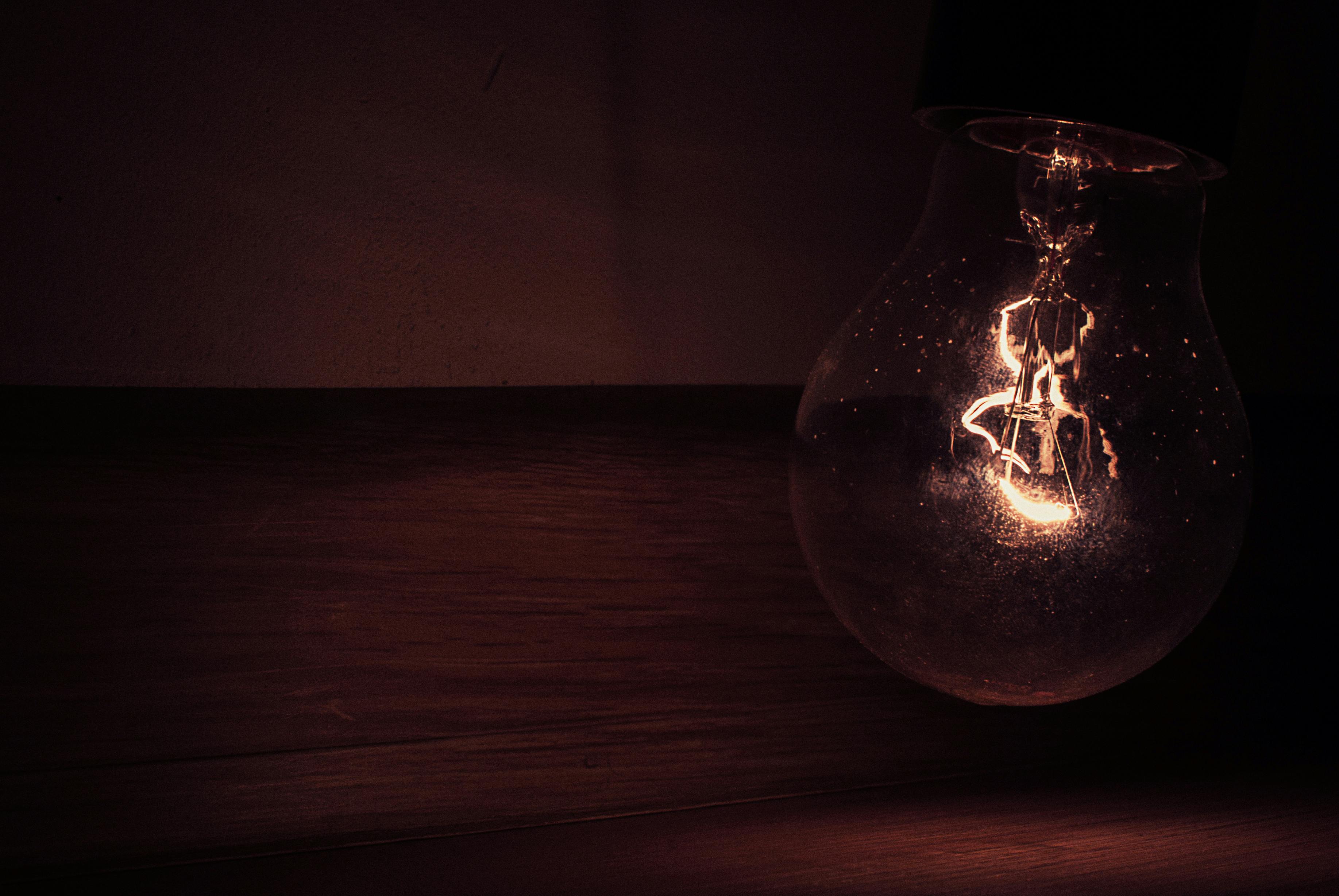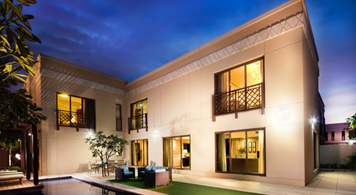1. Stop buying use once items

Many of us tend to buy things that we can throw out and use over and over again. It’s time to make a chance and start thinking of a more long-term solution. Stop buying plastic water bottles and instead buy a reusable bottle that you can refill regularly. Get rid of paper napkins and invest in cloth instead.
2. Swap your lightbulbs

Head down to any hardware or large furniture store, like Ace or Ikea and get yourself some energy efficient, eco bulbs. They may not burn as bright but they last longer, use less electricity and save you more money over time. Your best bet is to buy LED bulbs.
3. Switch off the power on your wall sockets
Most of the time, even when an electronic device is off, it still consumed electricity. Switch off the power from the socket itself to stop the unnecessary consumption of electricity.
4. Set refrigerator temperatures correctly

Your fridge and freezer consume a lot of energy in your house. Sometimes, they don’t need to work as hard as we make them. You can set your fridge to do it job at around 2 to 4 degrees Celsius, while your freezer can be set at -18 degrees Celsius to be nice and frosty. Make sure that you always close the fridge and freezer doors. Leaving them open for just a few extra seconds wastes a lot of energy.
5. Adjust your AC
Set your air conditioner’s thermostat at 24 degrees Celsius, as each degree less adds 9 per cent to your bill.
6. Take a break at peak hours
Avoid using certain appliances such as washing machines and dryers, irons and ovens during peak hours — 12 noon until 4 pm, and 8pm to 11 pm.

7. Wash yourself right
Opt for a shower and not a bath, as filling the bath tub requires 140 litres of water, while a shower takes 30 litres.
8. Grow your own veggies

Whether you live in a villa or an apartment, there are some vegetables and herbs that are surprisingly easy to grow here.
If you don’t have a garden, a flower pot will also do. In no time, you can have your own parsley, coriander, cucumbers and even potatoes.
9. Buy efficient appliances

Check efficiency ratings of appliances to save water and energy, like front-loading washers (they use half the water and detergent of top-loading washers)
10. Install faucet aerators

Faucet aerators is a simple way to cut down on water usage and conserve the environment at very little cost. Most aerators are marked with the amount of water they allow to pass through.
Where can you live sustainably in the UAE?
In Sharjah:
Al Zahia
The first development in the UAE and Middle East to be awarded the BREEAM Communities Interim Certification, a testament to the hard work and due diligence that has been put into the development. (BREEAM is the world’s leading sustainability assessment method for master planning projects, infrastructure and buildings)
Al Zahia is owned by Sharjah Holding and managed by Majid Al Futtaim Properties. It is an important milestone development that will help diversify the real estate sector of the Emirate of Sharjah. As Sharjah’s first integrated, mixed use gated community – rooted in the emirate’s values of family, community and culture – Al Zahia is on par with the high-quality, international building standards for which its developer, Majid Al Futtaim Properties, is known.
What makes Al Zahia sustainable?
Transportation
All residents are encouraged to use public transportation when possible for travel to and from Al Zahia. There is a community Shuttle Bus that everyone can use. When they designed the infrastructure, they made sure that no resident will have to walk more than 200 metres to get to a bus stop.
Energy Saving
If you live in Al Zahia, expect to save up to Dh4,500 annually on your energy bill. The buildings are designed in a way to reduces energy consumption by 20 per cent. The solar street lighting alone will contribute to a 15 per cent reduction of the site-wide annual carbon emissions.
Water Conservation
Living in this sustainable area you could SAVE UP TO Dh960 annually on your water bill. Al Zahia aims to reduce potable water consumption by 25 per cent. That will be done by:
• Distributing a Home User Guide to tenants with information on optimizing water use
• Landscape design-plant selection
• Using only treated sewage effluent for irrigation
• Using water efficient irrigation systems
Planting
Planting adaptive plants that require less water than other plants. Also, they do not require fertilisers, herbicides or pesticides, thus benefiting the environment and reducing maintenance costs.
These are only a few of the actions that the community is taking towards a greener Sharjah. Find out more here alzahia.ae
In Dubai:
The Sustainable City
Dubai Sustainable City is made up of 500 villas grouped into five residential clusters. The villas are all L-shaped. They combine ergonomics with contemporary design to meet the highest environmental performance standards.
What makes Dubai Sustainable City sustainable?
Solar panels
Every home has a roof terrace, which is shaded by the solar panels for natural energy.
Solar Car Park
The Sustainable City provides shaded car parks throughout the city. Each villa has two parking spaces shaded with solar panels plus additional spaces for communal electric buggies.
The Farm
A park runs through the entire length of The Sustainable City, forming the community’s farm. There are 11 bio dome greenhouses with a total capacity of over 3,000 square metres for urban farming. The Sustainable City has begun cultivation and the plan is to diversify and grow as many fruits and vegetables locally.
*With inputs from Mariam M. Al Serkal, Senior Web Reporter









